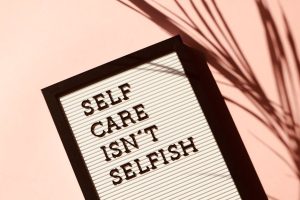In the shadows of everyday life, a silent crisis is unfolding—a crisis that affects millions yet rarely garners the attention it deserves. Mental health issues have become a pervasive reality in America, with anxiety, depression, and other disorders impacting individuals across all demographics. As we navigate through a world that often prioritizes physical health and material success, the emotional and psychological struggles of many remain largely unaddressed, leading to a growing sense of urgency and concern.
The statistics are staggering: according to the National Institute of Mental Health, nearly one in five adults in the United States experiences mental illness in a given year. These numbers reflect more than just data; they represent friends, family members, and colleagues who may be silently suffering. The stigma surrounding mental health often prevents individuals from seeking help, leaving them trapped in a cycle of isolation and despair. Understanding the depth of this crisis is crucial for fostering a culture of empathy and support.
One of the most alarming aspects of the mental health crisis is its impact on young people. Adolescents and young adults are facing unprecedented levels of stress, anxiety, and depression, exacerbated by the pressures of social media, academic expectations, and a turbulent world. Reports indicate that suicide is now the second leading cause of death among individuals aged 10 to 24. This heart-wrenching reality underscores the urgent need for schools and communities to prioritize mental wellness initiatives, offering resources and support systems that empower youth to navigate their challenges.
Access to mental health care remains a significant barrier for many. Despite growing awareness and advocacy, systemic issues such as inadequate insurance coverage, a shortage of mental health professionals, and socioeconomic disparities continue to hinder individuals from receiving the help they need. Rural areas, in particular, face a dire lack of resources, leaving many without access to critical services. Addressing these disparities is not just a matter of policy; it is a moral imperative that requires collective action from governments, organizations, and communities alike.
Yet, amidst this concerning landscape, there is hope. The conversation around mental health is gradually shifting, with celebrities, influencers, and everyday individuals sharing their personal stories and experiences. This growing openness is dismantling the stigma that has long surrounded mental health issues, encouraging others to seek help and fostering a sense of community. Initiatives like Mental Health Awareness Month and various campaigns aimed at promoting mental wellness are gaining traction, reminding us that we are not alone in our struggles.
As we reflect on the silent crisis of mental health in America, it is essential to acknowledge the power of empathy and understanding. By fostering open dialogues, advocating for mental health resources, and prioritizing our emotional well-being, we can begin to break the chains of stigma and isolation. The path ahead may be challenging, but with collective effort, we can create a society where mental health is treated with the same urgency and importance as physical health, paving the way for a brighter, healthier future for all.



